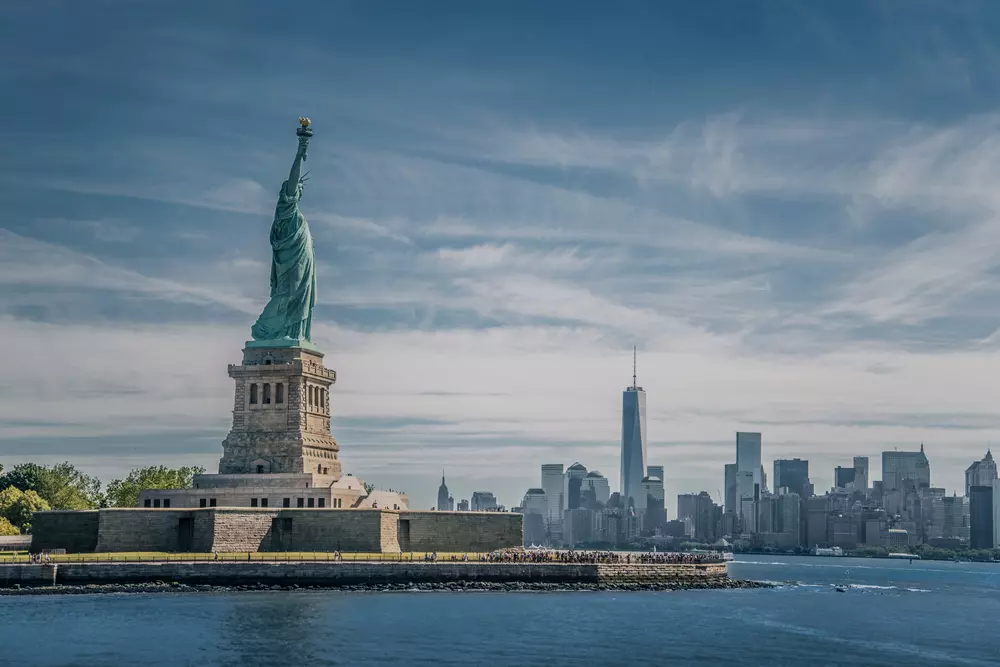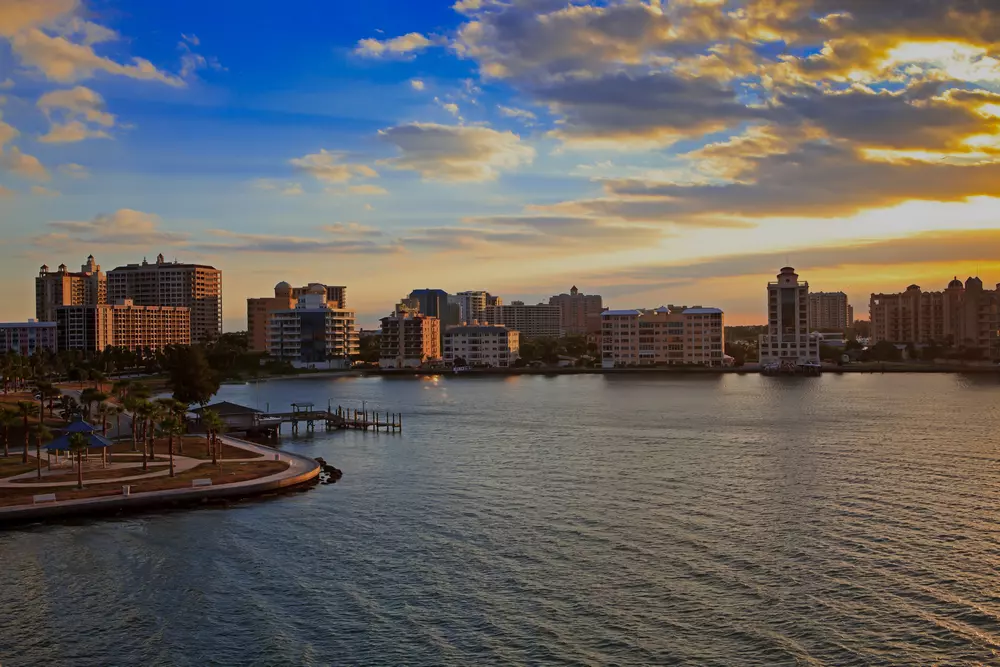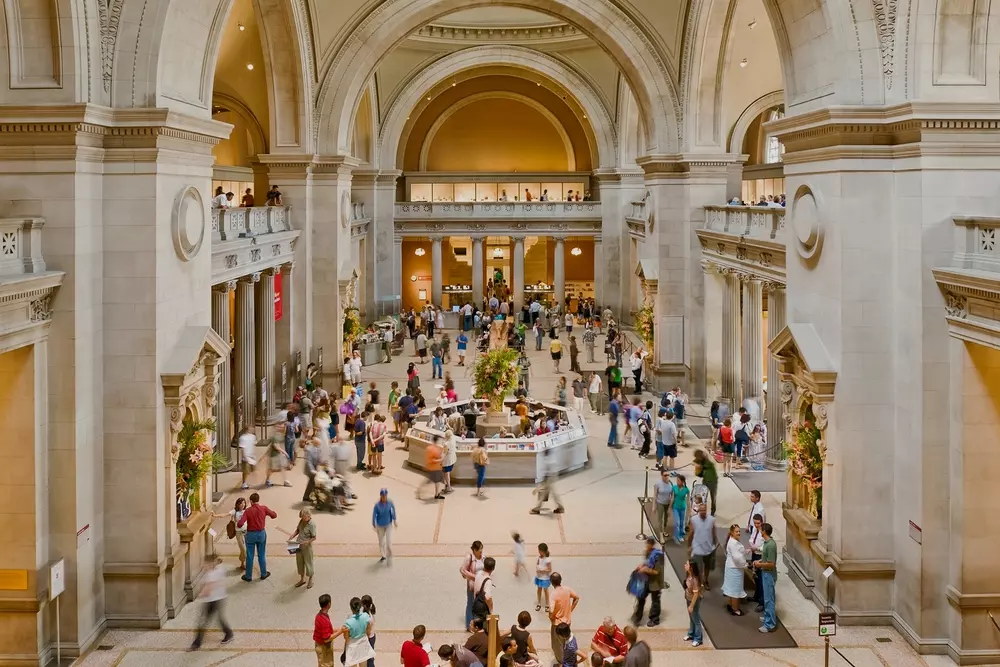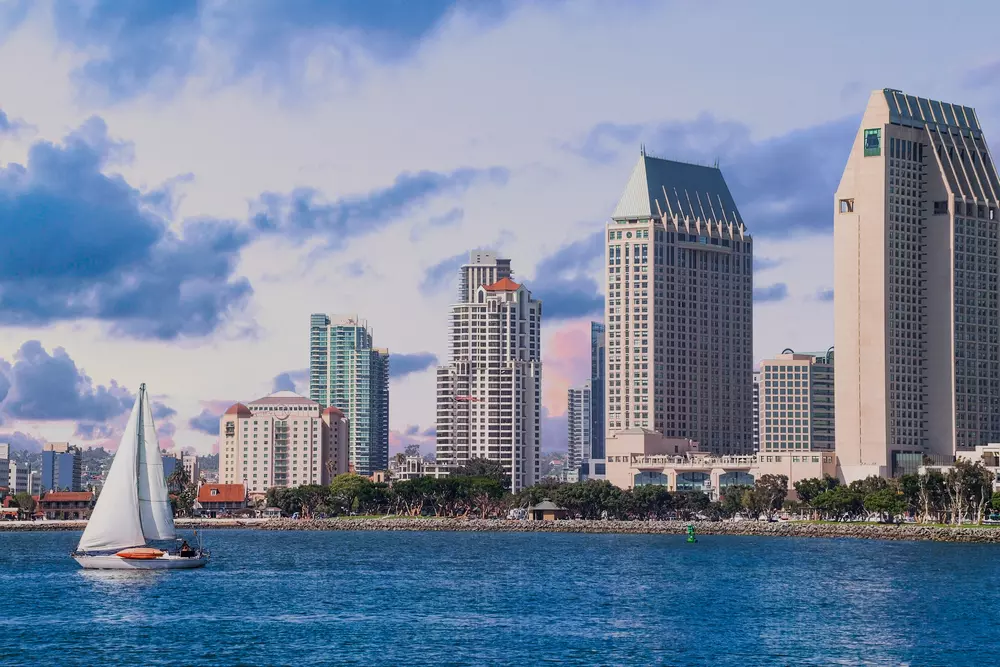The High Line is a unique elevated park in the heart of New York City, transforming an old railway line into an oasis of greenery and modern art. Discover how this park has changed the face of the neighborhood and become one of the most beloved recreational spots for both residents and visitors.

History: From Ruin to Renovation
A few decades ago, the area now occupied by the High Line Park was far from being envisioned as a park. Situated at the junction of the industrial districts of Chelsea and the Meatpacking District, it hosted an elevated railway line that weaved between buildings and sometimes even pierced through them, contributing to the already controversial areas filled with slaughterhouses and warehouses, making them quite unsightly for living.
In the 50s and 60s, rail communication in America was losing its influence: transport companies went bankrupt, and stations and terminals were demolished. This fate also reached the well-known line — it was shut down and abandoned. Underneath the overpass, a marginal life flourished vividly. Homeless people, criminals, addicts, prostitutes, and other representatives began to settle around, bringing nothing good to the city.
By the 90s, the issue became critical — the road would either be dismantled and the overpass demolished, or the neighborhoods would drown in crime. People, when possible, left their homes near the overpass. Urban legends about maniacs and serial killers operating nearby began to emerge. The old piece of railway was poisoning the life of an entire generation of city dwellers.
At that time, an architectural firm took up the cause of the structure. It was proposed to create a park on the site of the old elevated track — this would save the unique landscape of the industrial area, rehabilitate the territory, and bring people back to the streets. The government supported the initiative and allocated a whopping $50 million for construction.
The park was developed from 2006 to 2009: in just three years, the troubled ghetto in Lower Manhattan transformed into one of New York's best and most progressive neighborhoods.
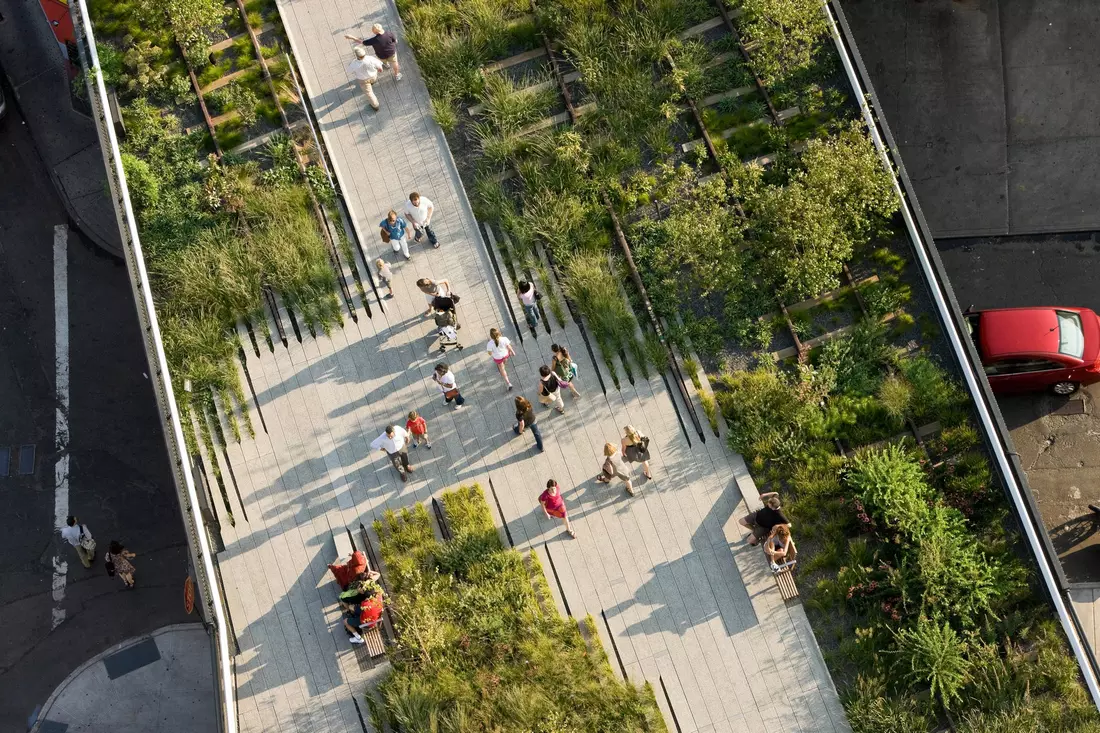
High Line Park has even endeared itself to the dreamy youth — it's one of the best places for stargazing to the soothing sounds of the Hudson waves.
High Line Park Features
The design of the park envisioned a sort of green loft amidst the city—naturally grown plants were decided to be preserved and taken as the base. Artificial plantings constitute less than 40% of all the green vegetation. There's no manicured neatness—just "wild" greenery, stone, wood, concrete, and metal. Even the old tracks have been fully preserved; their rusted lines are almost completely covered by grasses and shrubs, embodying true industrial romance.
Essentially, the entire park is one long path along the abandoned railway tracks. Architects merely restored and reinforced the structure of the overpass. It features running tracks, amphitheaters, relaxation zones, and small areas for workouts. The adjacent walls are generously adorned with monochrome graffiti.
The park intertwines with the urban landscape, creating a unique atmosphere. With its emergence, the value of surrounding properties rose, the neighborhoods filled with creative individuals, and people gained a beautiful and even fashionable place for recreation. Regularly, the park hosts music evenings, performances, and exhibitions of avant-garde artists.
If there is a monument to economic and cultural growth in the USA, it's the High Line Park. It's an excellent example to the world: just one decision can change a lot. What was decaying and bothersome yesterday can become the face of the city and a breath of fresh air for thousands today.

And if you're in New York, a stroll through High Line is a must. We at American Butler will guide you not only through the park but also through the most interesting districts of Manhattan. Leave your request with us, and we will find a hundred reasons for you to fall in love with New York.























